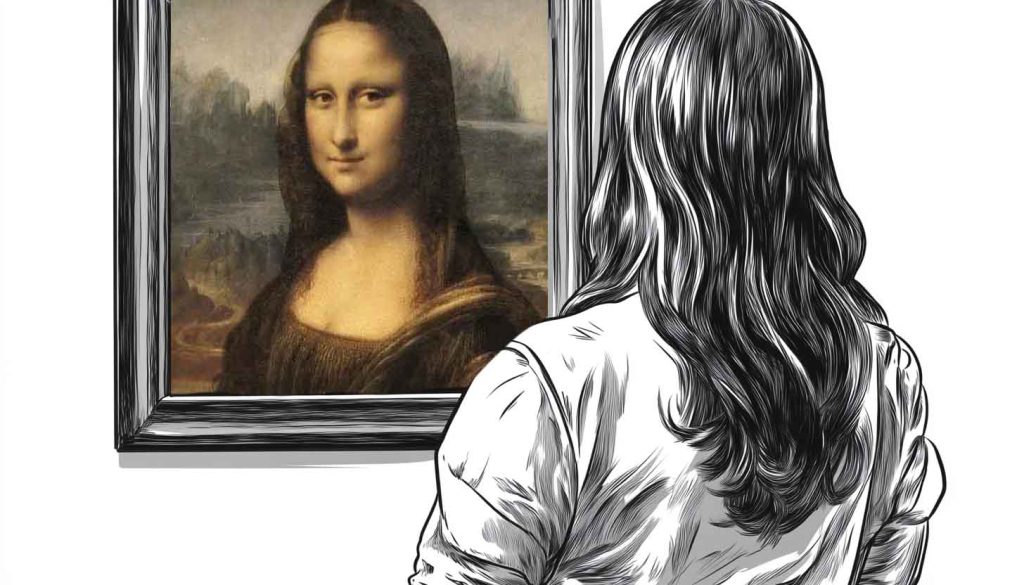
Tormentata tutta l’estate da un pulcino!
Tortured by a Chicken all Summer Long!
La verità sull’apprendimento rapido delle lingue
The Truth About Rapid Language Learning
Alcuni anni fa a Milano, mio marito ed io siamo entrati nella Galleria per trovare un negozio di musica. La Galleria Vittorio Emanuele II è un passaggio fatto di due soffitti di vetro a volta, situato a nord della Piazza del Duomo. Dentro si trovano tanti negozi e ristoranti. È così popolare per incontri di affari e di piacere, che ha il nomignolo il salotto di Milano.
Some people believe you can learn a language in just a few weeks—say, four to six. But, honestly, can you truly master a language in such a short time? Can you fully absorb, appreciate, and retain all the subtle nuances of a new language when it’s crammed into your brain at breakneck speed? And really, why would you want to? Where’s the joy in learning that way?
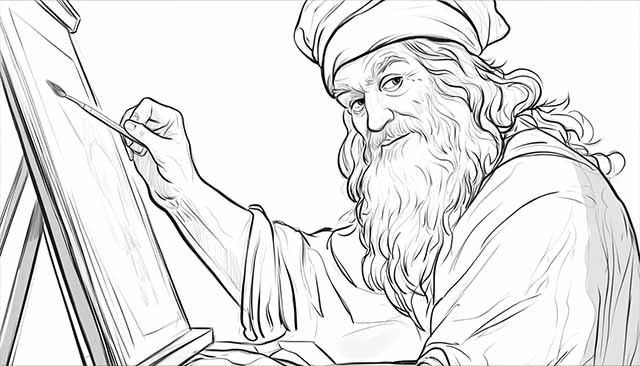
A volte ci vuole una settimana o forse sei mesi o forse un’anno (o due)
prima che si ritiene di aver fatto “amicizia” con una parola o una frase.
Sometimes it takes a week or maybe six months or maybe even
a year (or two) before you feel you have made friends with a word or a phrase
Dipingere con le parole
Painting with Words
Quando Leonardo da Vinci creava i suoi capolavori, dedicava innumerevoli ore a stratificare con cura luminosi strati di vernice a olio. Questi strati traslucidi permettevano alla luce di penetrare la superficie del dipinto e riflettersi, creando un bagliore caldo e radioso che dava vita alla sua arte. Per me, imparare una lingua è molto simile. Non è qualcosa che si può ottenere con un rapido colpo di pennello—è un processo graduale di costruzione di una “tela” riccamente stratificata, piena di vocabolario, espressioni idiomatiche, tempi verbali e sintassi. Come i dipinti di Leonardo, richiede tempo e pazienza per permettere a ogni strato di stabilizzarsi e interagire, lasciando che la lingua penetri nel profondo e si rifletta come fluidità.
When Leonardo da Vinci created his masterpieces, he devoted countless hours to meticulously layering luminous coats of oil varnish. These translucent layers allowed light to penetrate the surface of the painting and reflect back, creating a warm, radiant glow that brought his art to life. Language learning, to me, is much the same. It’s not something you can achieve with a quick splash of effort—it’s a gradual process of building a richly layered “canvas” filled with vocabulary, idioms, verb tenses, and syntax. Like Leonardo’s paintings, it demands time and patience to let each layer settle and interact, allowing the language to permeate your being and reflect back as fluency.
Continua ad aggiungere colori alla tua tela
Keep Adding Colors to Your Canvas
Imparare una lingua è come creare un dipinto complesso e sfumato. Richiede la stessa cura e dedizione di un pittore che costruisce la propria opera strato dopo strato. Ogni pennellata di vocabolario, ogni tocco di grammatica e ogni sottile accenno di espressione idiomatica aggiunge profondità, consistenza e vivacità al tuo “capolavoro linguistico.” A volte, una parola o una frase può rimanere sulla tela come un colore solitario, aspettando settimane, mesi o persino anni per fondersi perfettamente con il resto.
Learning a language is like crafting a complex and nuanced painting. It takes the same deliberate care and dedication as a painter who builds their work layer by layer. Each brushstroke of vocabulary, every touch of grammar, and each subtle hint of idiomatic expression adds depth, texture, and vibrancy to your “linguistic masterpiece.” Sometimes, a word or phrase may sit on the canvas like a lone color, waiting for weeks, months, or even years to blend seamlessly into the whole.

Ma col tempo, i pezzi iniziano a combaciare. Come pigmenti che si mescolano armoniosamente su una tela, avrai quei momenti trasformativi di “eureka” in cui le parole e le espressioni smettono di sembrare estranee e assumono un loro significato vivido. È allora che la lingua non sarà più solo uno strumento che usi, ma un capolavoro che hai creato—qualcosa che non solo comprendi, ma che puoi anche modellare, possedere e condividere.
But over time, the pieces begin to fit together. Like pigments merging harmoniously on a canvas, you’ll have those transformative “a-ha” moments where words and expressions stop feeling foreign and take on their own vivid meaning. That’s when the language no longer feels like a tool you’re using but a masterpiece you’ve created—something that’s not only yours to understand but also yours to shape, own, and share.
Quindi rilassatevi! Puoi farcela!
So relax! You’ve got this!
Rilassati. Diventare amici di una lingua richiede tempo! Permettiti di assorbirne il significato senza sentirti sotto pressione per correre. Imparare una lingua non è una gara da terminare in fretta. Piuttosto, prenditi il tuo tempo e concentrati nel creare il tuo capolavoro luminoso.
So relax. It takes time to become friends with a language! Allow yourself to absorb its meaning without feeling pressured to rush. Learning a language isn’t a race to be finished in a sprint to the finish line. Instead, take your time, and focus on creating your own luminous masterpiece.
Ascoltate un podcast in cui Cher Hale di “Iceberg Project mi ha intervisto. Nella nostra conversazione di 30 minuti, esploriamo la lingua e il mio percorso per impararla e, alla fine, diventare sua amica. Inoltre, tocco temi simili a quelli che ho condiviso in questo post.
Enjoy a podcast in which Cher Hale of the Iceberg Project interviews me about being “Matta” for the Italian language. In our 30-minute conversation, we explore the language and my journey to learn it—and, ultimately, to become friends with it. I also touch on themes like those I’ve shared in this post.
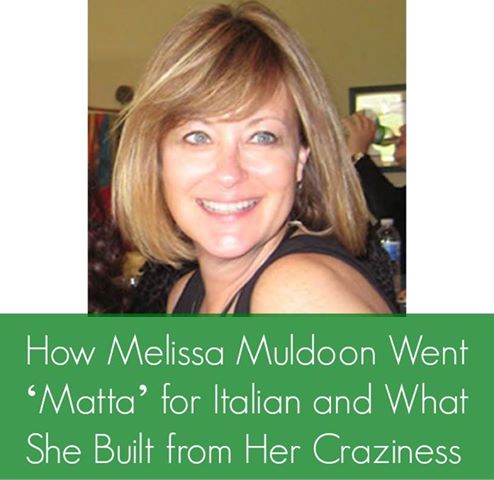

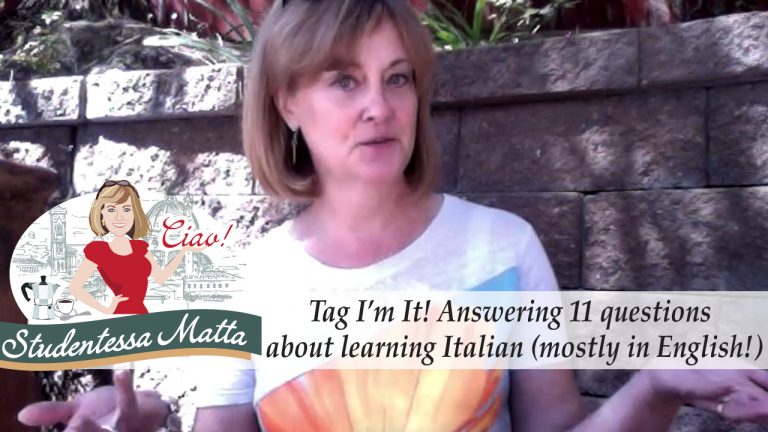


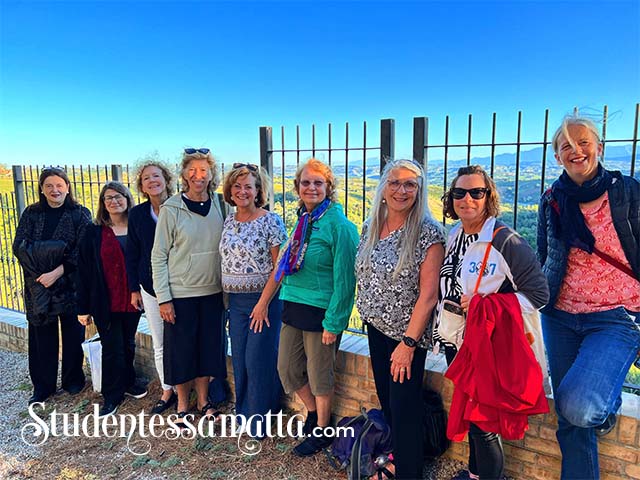






Bello il paragone con i dipinti di Leonardo,Melissa!Però nella Gioconda culmina anche tutta l’esperienza che Leonardo aveva accumulato dai suoi studi sull’anatomia umana,sulla natura,sul volo degli uccelli,ecc.Adesso mi chiedo se bisogna imparare anche tutto ciò per saper parlare bene una lingua straniera.
Che bella descrizione del viaggio di imparare un’ altra lingua!
Ho appena finito ascolatare il podcast di Cher Hale in cui ti ha intervisto. Molto interessante! Brava!
Ne vale la pena di sentirlo.